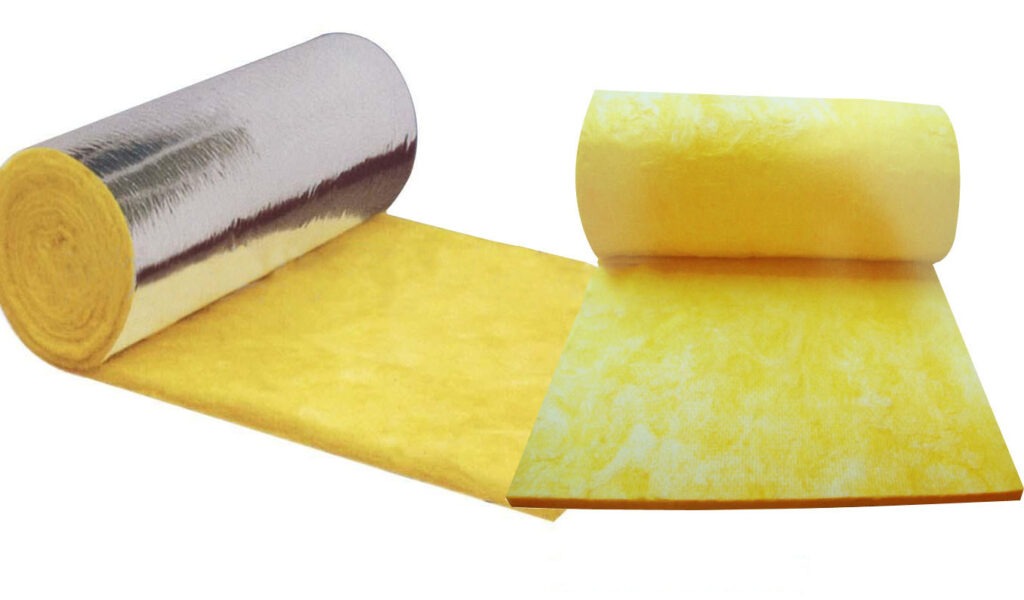
The global glass wool insulation market is projected to grow from USD 4,030.3 million in 2023 to USD 4,223.2 million in 2024, and further to USD 6,996.3 million by 2034, reflecting a compound annual growth rate (CAGR) of 5.2% over the forecast period. This growth is driven by increasing demand for energy-efficient buildings, rising awareness of sustainability, and the need for effective thermal and acoustic insulation solutions across various industries, including construction and automotive sectors. Glass wool’s cost-effectiveness and eco-friendly properties make it a popular choice for both residential and commercial applications.
Rising adoption of glass wool insulation in residential & industrial buildings, HVAC systems, and other appliances is expected to drive the global market forward. This is due to the ability of glass wool insulation to reduce energy consumption and increase savings.
Glass wool insulation is a commonly used and effective option for enhancing energy efficiency, thermal comfort, and acoustic performance of buildings. It is also known as fiberglass insulation.
Glass wool insulation is lightweight, fire-resistant, eco-friendly, and corrosion-resistant. It is used for thermal and acoustic insulation. Increasing usage of glass wool insulation in buildings and industrial applications for reducing heat transfer and improving energy efficiency is expected to boost the target market.
The exponential growth of residential sector due to increasing population is creating lucrative opportunities for glass wool insulation manufacturers. This trend is likely to further escalate during the forecast period amid rising trend of green construction.
According to the United Nations (UN), the global population is estimated to reach US$ 9.7 billion in 2050 and 10.4 billion by 2100. This is expected to create a high demand for new residential buildings which in turn will bolster glass wool insulation sales.
Glass wool insulation helps homeowners to improve energy efficiency, acoustic performance, and thermal comfort of buildings. As a result, this type of insulation is gaining immense popularity in residential sector.
Growth in the global wool insulation market will also be triggered by several other factors. These include implementation of stringent energy efficiency regulations by governments across the world and growing popularity of green buildings.
Glass wool insulation also finds usage in HVAC systems as well as industrial equipment. Growing adoption of these products will therefore uplift glass wool insulation during the assessment period.
“Rising popularity of green buildings and enforcement of new energy efficiency regulations are expected to present lucrative growth opportunities for glass wool insulation companies during the assessment period. To take advantage of these opportunities, key companies need to continuously upgrade their portfolios by launching new products with enhanced features.” – says a lead Future Market Insights (FMI) analyst
Who is Winning?
The key players are concentrating on developing new light and environment-friendly products to meet evolving end user demand. They are also employing strategies such as acquisitions, partnerships, mergers, alliances, collaborations, and distribution agreements to improve their revenues and strengthen their footprint.
Leading Glass Wool Insulation Market Players
- Saint-Gobain
- Owens Corning
- KCC Corporation
- Johns Manville
- Knauf Insulation
- Rockwool International
- URSA Insulation S.A.
- China Iking Industrial Group Co., Ltd
- PGF Insulation
- Pink Batts
- BeiJing North Refractories Co. Ltd
- Asahi Fiber Glass Co., Ltd.
- STM Technologies
Ready to Make an Informed Decision? Contact Sales Now!
Key Segments of Market Report
By Product Type:
In terms of product type, the industry is divided into blankets (rolls and batts), rigid boards, loose-fill, duct wraps and liners, and others.
By End Use:
In terms of end-use, the industry is divided into residential construction, commercial construction, industrial construction, and HVAC systems. The residential construction segment is further divided into new residential buildings and retrofit and renovation. The commercial construction segment is further divided into office buildings, retail spaces, and hospitality (hotels, restaurants). The industrial construction segment is segregated into manufacturing facilities, warehouses, and energy and power plants. The HVAC systems segment is further bifurcated into duct insulation and pipe insulation.
By Region:
Key countries of North America, Latin America, Western Europe, Eastern Europe, East Asia, South Asia, and the Middle East and Africa have been covered in the report.
About Future Market Insights (FMI)
Future Market Insights, Inc. (ESOMAR certified, recipient of the Stevie Award, and a member of the Greater New York Chamber of Commerce) offers profound insights into the driving factors that are boosting demand in the market. FMI stands as the leading global provider of market intelligence, advisory services, consulting, and events for the Packaging, Food and Beverage, Consumer Technology, Healthcare, Industrial, and Chemicals markets. With a vast team of over 400 analysts worldwide, FMI provides global, regional, and local expertise on diverse domains and industry trends across more than 110 countries. Join us as we commemorate 10 years of delivering trusted market insights. Reflecting on a decade of achievements, we continue to lead with integrity, innovation, and expertise.
Contact Us:
Future Market Insights Inc.
Christiana Corporate, 200 Continental Drive,
Suite 401, Newark, Delaware – 19713, USA
T: +1-347-918-3531
For Sales Enquiries: sales@futuremarketinsights.com
Website: https://www.futuremarketinsights.com
LinkedIn| Twitter| Blogs | YouTube